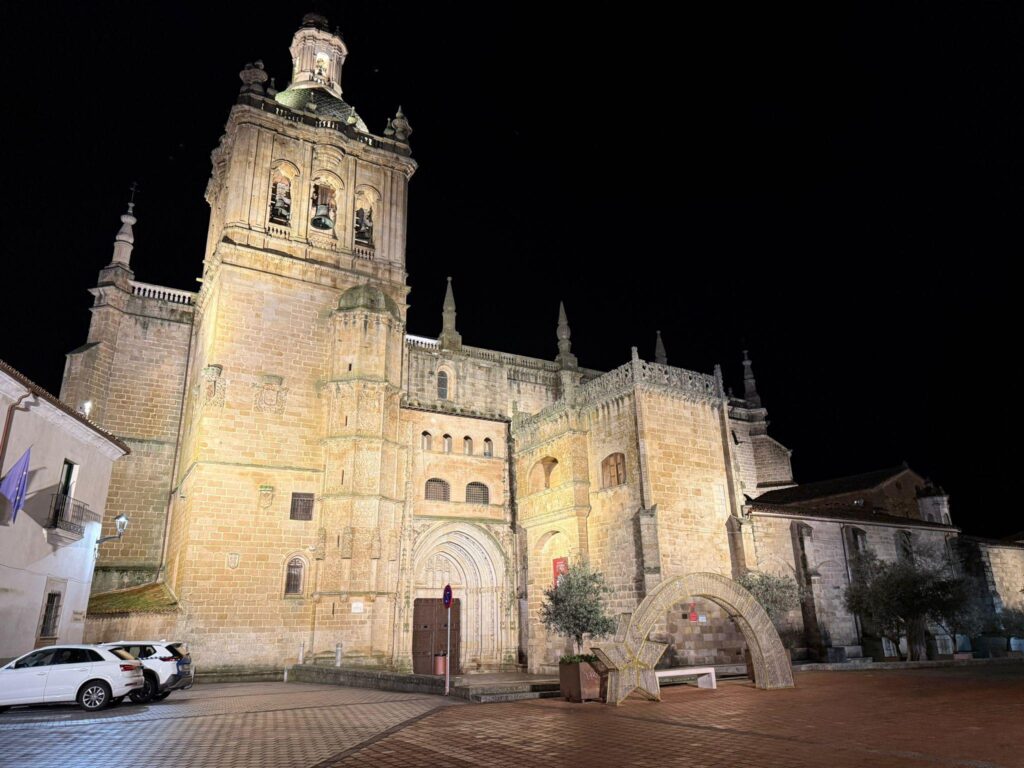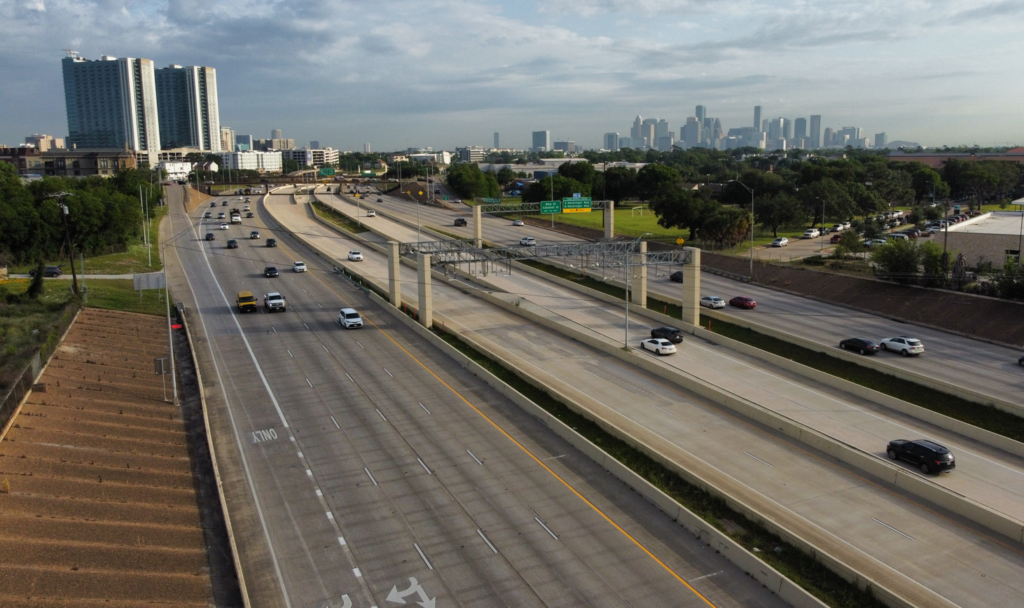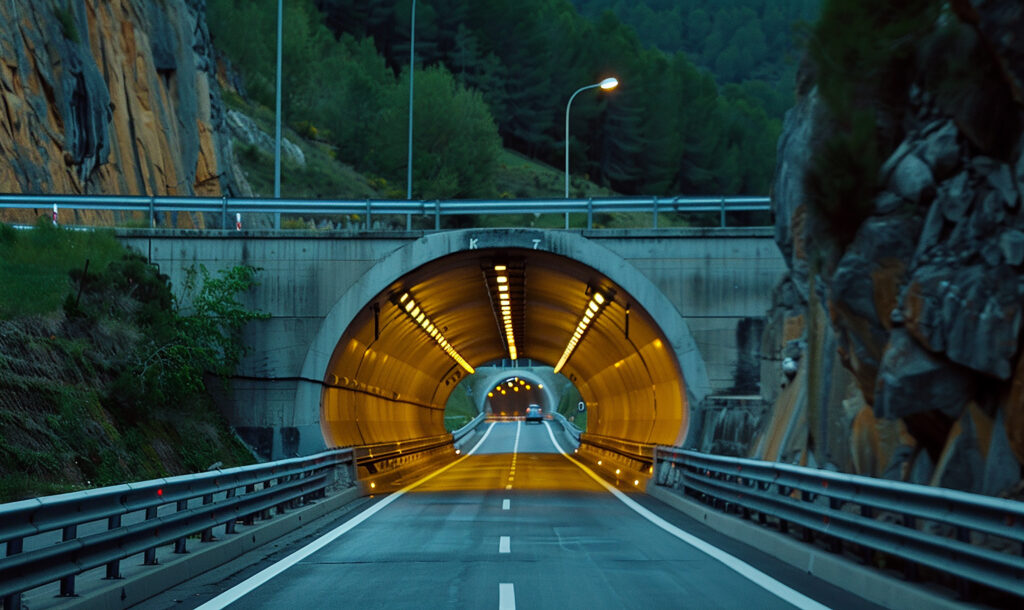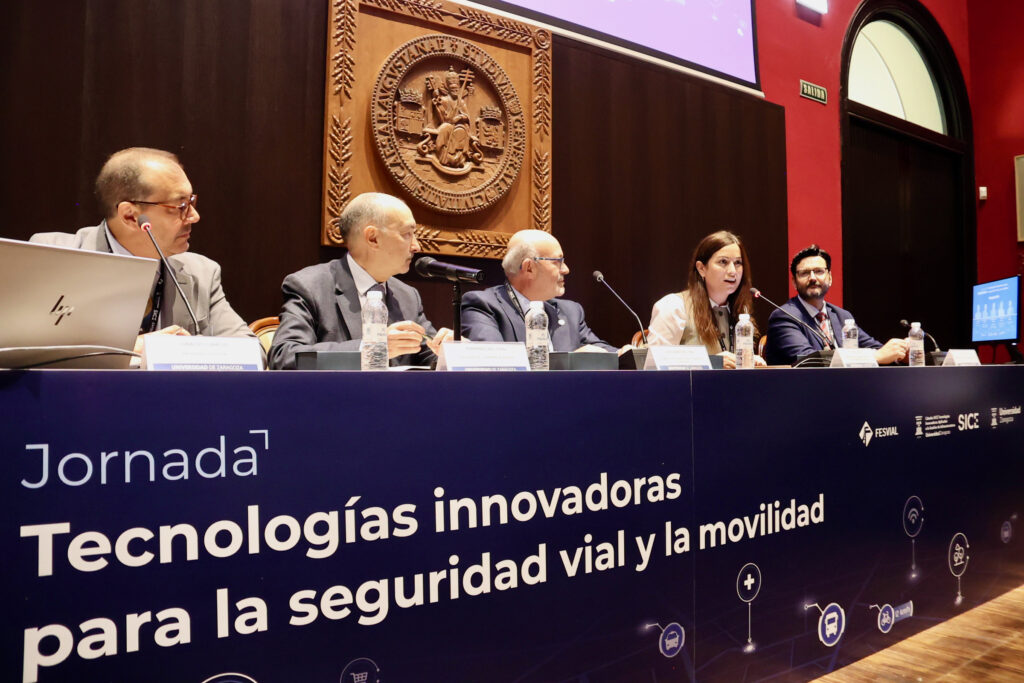By the end of the 20th century, international society as a whole was convinced of the urgent need to reduce greenhouse gas emissions in order to combat climate change. This awareness, initiated with the first environmental movements occurred during the 1970s, materialised at the signing of the Kyoto Protocol in 1997.
However, much more could still be done to “defend and safeguard” our common natural heritage, redefining models of economic growth through a responsible approach, reducing energy and resource expenditure and working with the greatest possible efficiency. This set of ideas articulates the concept of “sustainable development”, coined in 1987 by Norwegian Prime Minister Gro Harlem Brundtland during her chairmanship of the UN Commission on Environment and Development, when the report Our Common Future was published. It defined sustainability as follows: “Humanity has the ability to make development sustainable to ensure that it meets the needs of the present without compromising the ability of future generations to meet their own needs.
This new “era of economic growth” was a challenge for companies like SICE, which were capable of contributing to building a more energy-efficient model with less impact on the environment.
It was not just about operating with less waste or pollution but about reducing the economic cost, simplifying tasks to promote savings and ensuring optimal results with the lowest possible energy expenditure. Of all the business areas in which SICE works, the one that consumes the most energy is street lighting, followed by traffic control systems.
Countries’ efforts to reduce greenhouse gas emissions were key to the development of new, cleaner technologies.
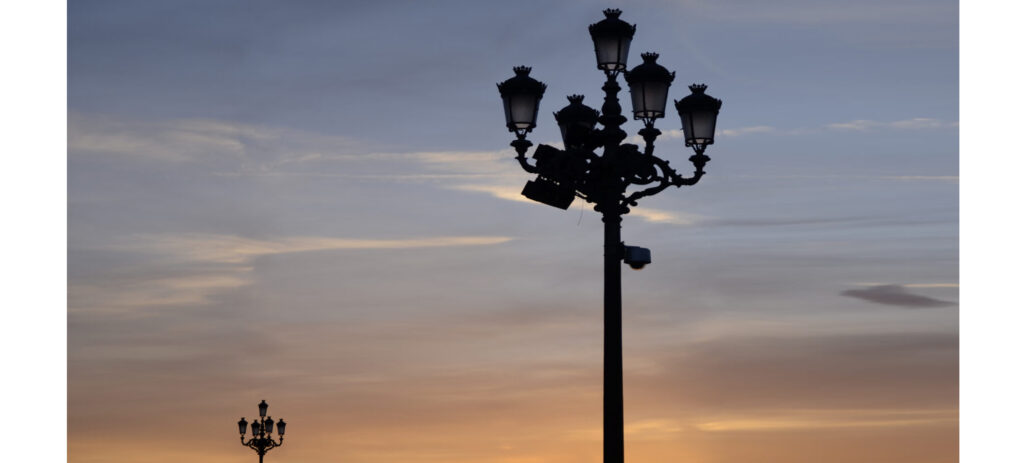
In 1994, then, the white LED was invented, which from the year 2000 began to be seen as a more sustainable alternative for urban lighting, although manufacturers did not start to include this type of solution in their portfolios until 10 years later. LED-based luminaires are not only much more energy-efficient in that they reduce the emission of gases; they can also prevent light pollution, planning the proper directionality of the light emitted by the lamps thanks to their design.
With the consolidation of LED technology, the concept of the Energy Service Company (ESCO). An ESCO is an organisation that operates in the public sector to provide energy services to resources such as public buildings or lighting, making an initial outlay to pay for them:
- supply and replacement of pre-existing equipment with more energy-efficient alternatives,
- consulting and engineering to integrate them into a smart concept,
- maintenance of the entire structure,
- and in particular, covering the cost of the electricity used.
These actions, together with the integral management of installations and equipment, allow significant energy and financial savings to be made for public clients compared to previous expenditure in the same field. And it is this saving that funds the investments made by these companies to achieve this goal. In this way, renewal to achieve a more efficient energy service does not entail extra cost for the citizens and provides a more sustainable consumption model for everyone.
One of the first initiatives to replace luminaires with LED technology was in the town of Coín, in Málaga province. In 2011 the old mercury luminaires were switched for LED, while a monitoring and remote control system was implemented that provides real-time information on their operation. The lighting can be programmed according to the urban needs at any given time.
One of the most ambitious initiatives was undertaken by Madrid City Council in 2014: more than 225,000 lighting points in the city required work, replacing more than 80,000 luminaires with LED lights. This was followed by a host of contracts in Spain: municipalities such as Móstoles, Antequera, Alcalá del Río, Baeza, Cáceres, Castuera, Flix, Espartinas, La Línea de la Concepción, Tegueste, Fuente Palmera and Viso del Alcor have replaced more than 90,000 lighting points with LEDs.
